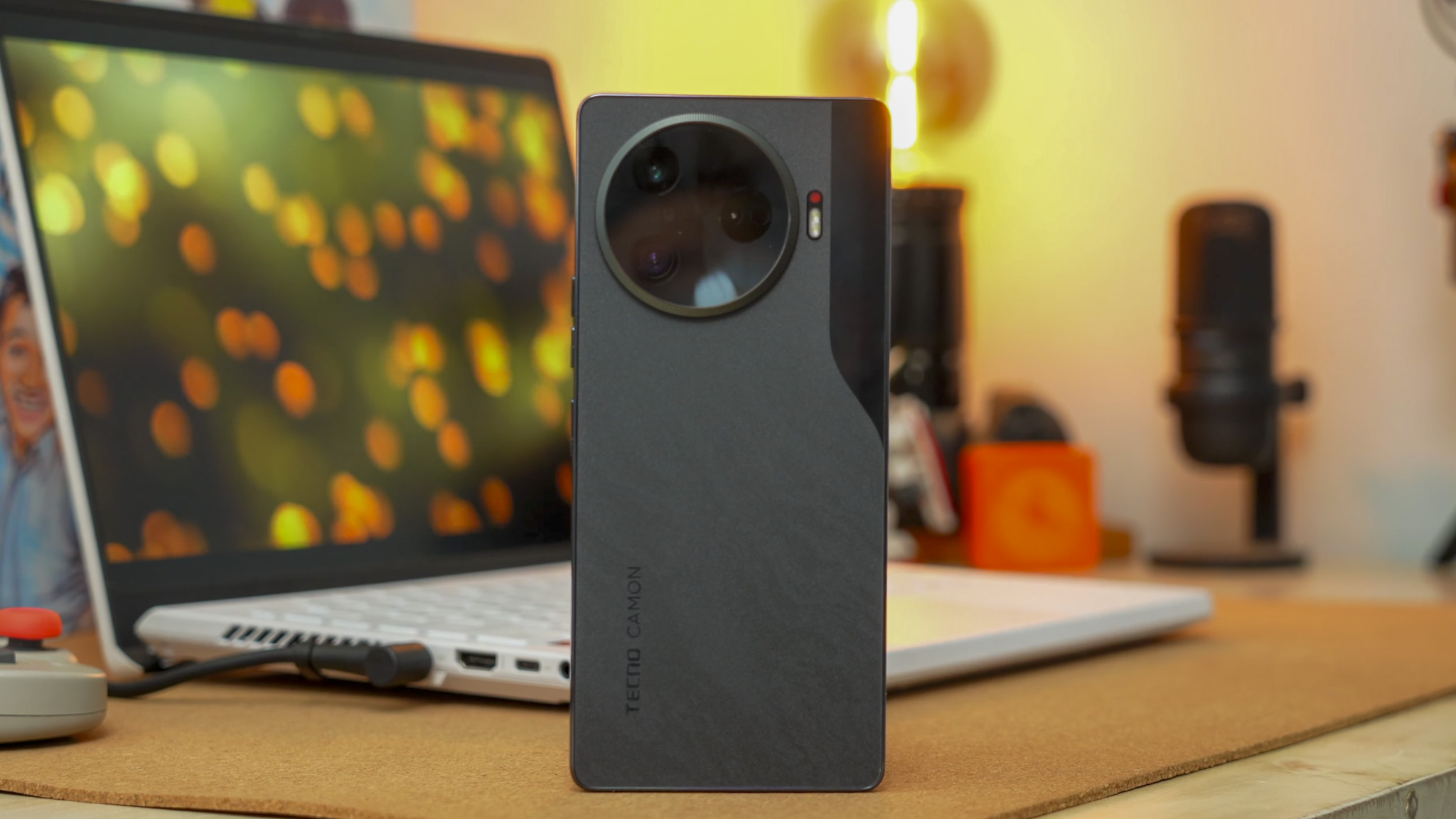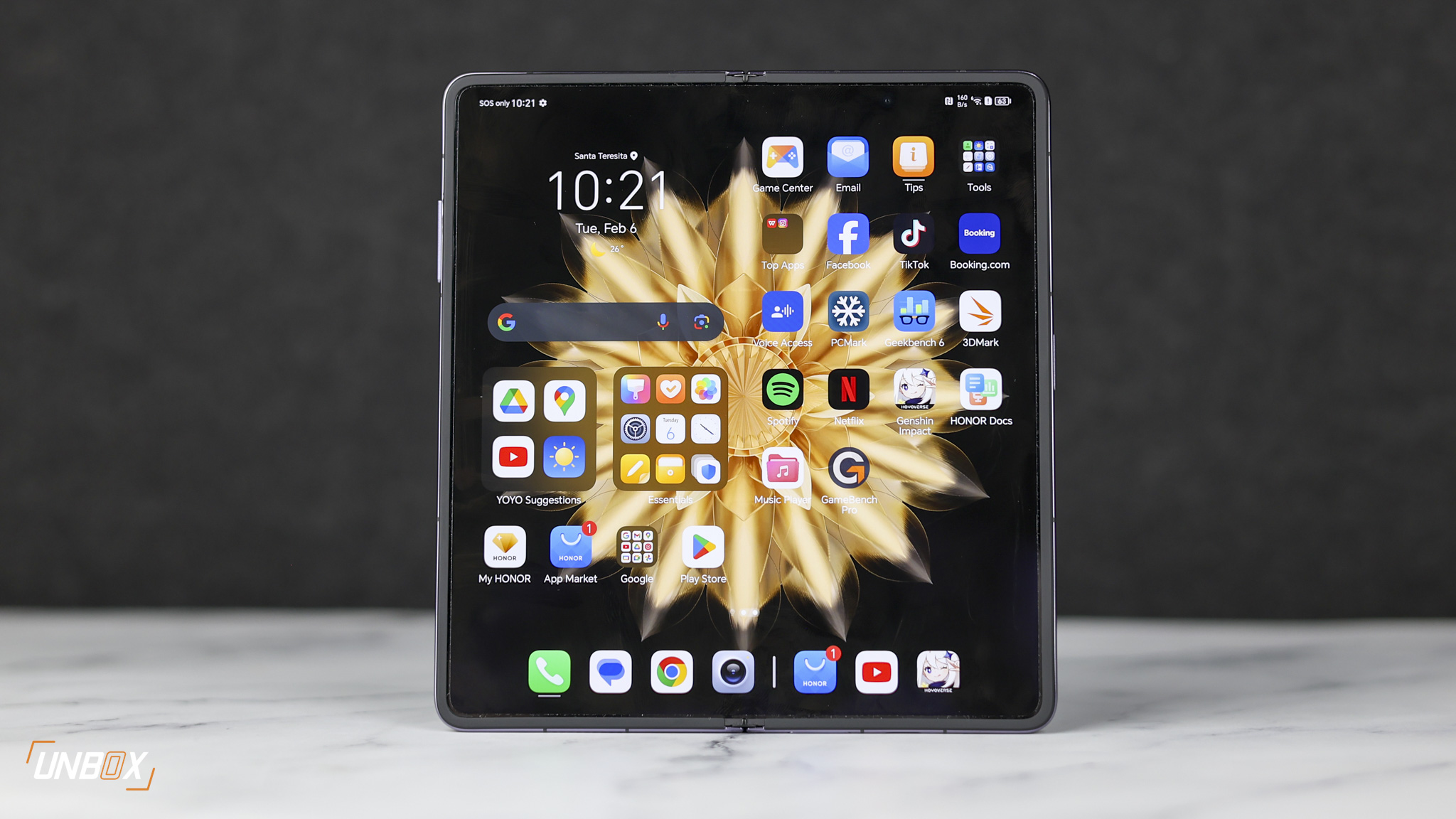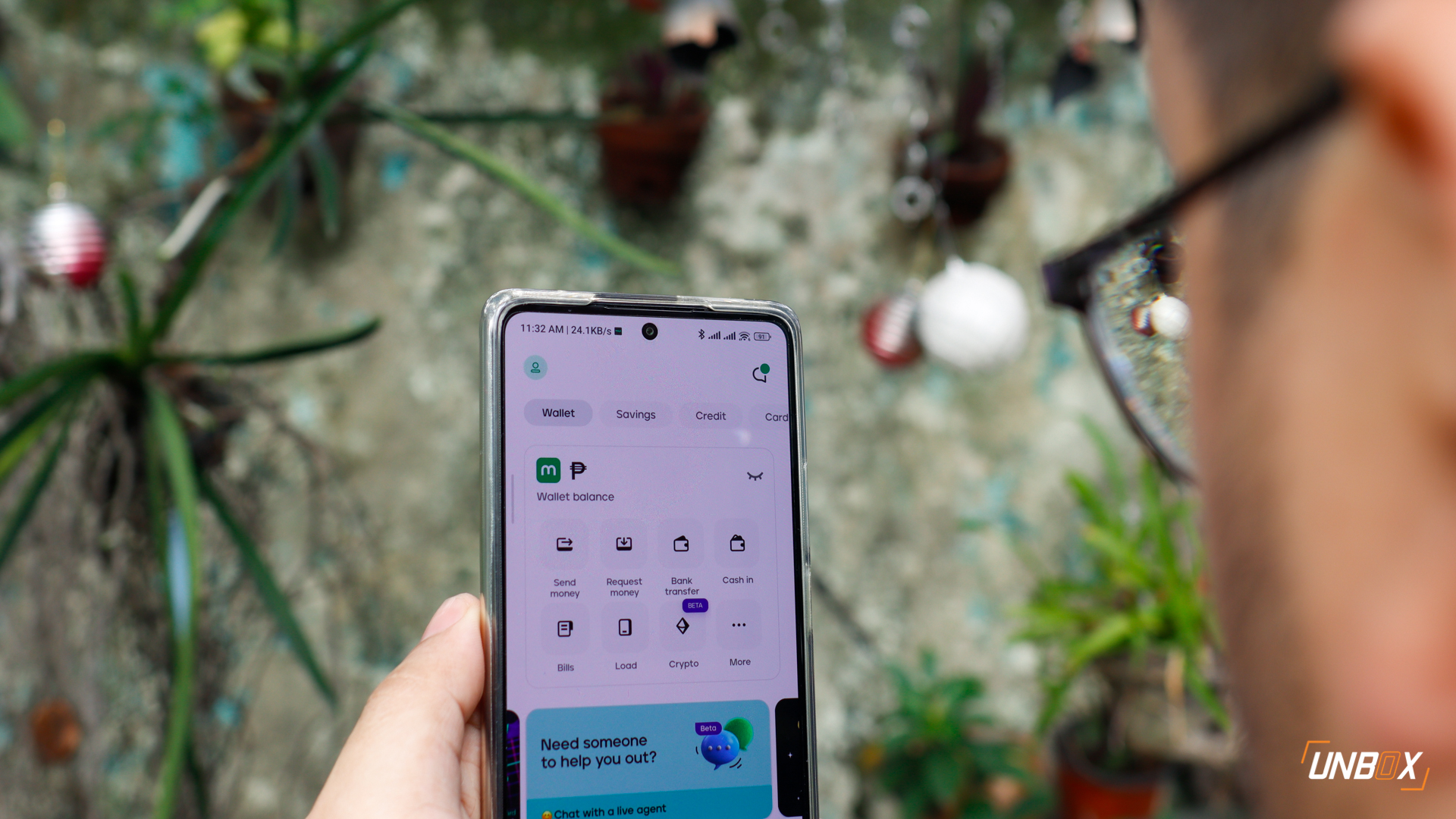According to a study by Trendforce and other market analyses, global smartphone production numbers have declined by as much as 11% in Q3 of 2022. To make it simpler, that period covers July to September 2022. We break down the numbers and look into possible causes as to why this occurred.
To put the numbers out there, a total of 289 million units were produced in that time span. That’s a 0.9% quarterly decline and 11% YoY. It’s stated that brands prioritized managing their inventories during the quarter, instead of aggressive production. The cause is pegged to be “economic headwinds.”

We feel like a broken record at this point, but we’re sure one contributing factor is the still-ongoing chip shortage. Yes, it’s been going on for a couple of years now, but that doesn’t mean it’s over. As a result, manufacturers were initially willing to pay more to put chips due to the unquestionable demand. After all, the world was in a scramble to get as much tech as they could in their home offices to accommodate the perceived “new normal” home offices and classrooms.
What has counteracted this? For one, those who wanted to build home setups were able to already. Another is that the world is beginning to shift back to hybrid and even fully onsite processes. As such, we’re already on the inevitable downward trend from the peak of demand.
Another factor is the logistical issues brought about by the ongoing political climate. The general prices of commodities have vastly risen, which has impacted everything else in its wake.

Based on this table, the third quarter of 2022 in terms of smartphone production numbers saw Samsung at the top with 64.2 million devices, Apple at second with 50.8 million devices, and the rest behind. However, Trendforce sees this turning around in favor of Apple by the end of the year.

In our eyes, the reason is quite simple: the Apple iPhone 14 lineup was only released in September of this year, which is the final month of Q3. Many consumers have been picking pennies and saving up to get these brand-spanking-new devices in time for the Christmas season.

On the other hand, the Samsung Galaxy S devices are getting a bit long in the tooth with a successor slated to come up at the start of next year.
With this in mind, this could flip once again by Q1 of 2023. We don’t think this huge decline in general smartphone production numbers should be anything to worry about, but let’s just wait and see.



































































